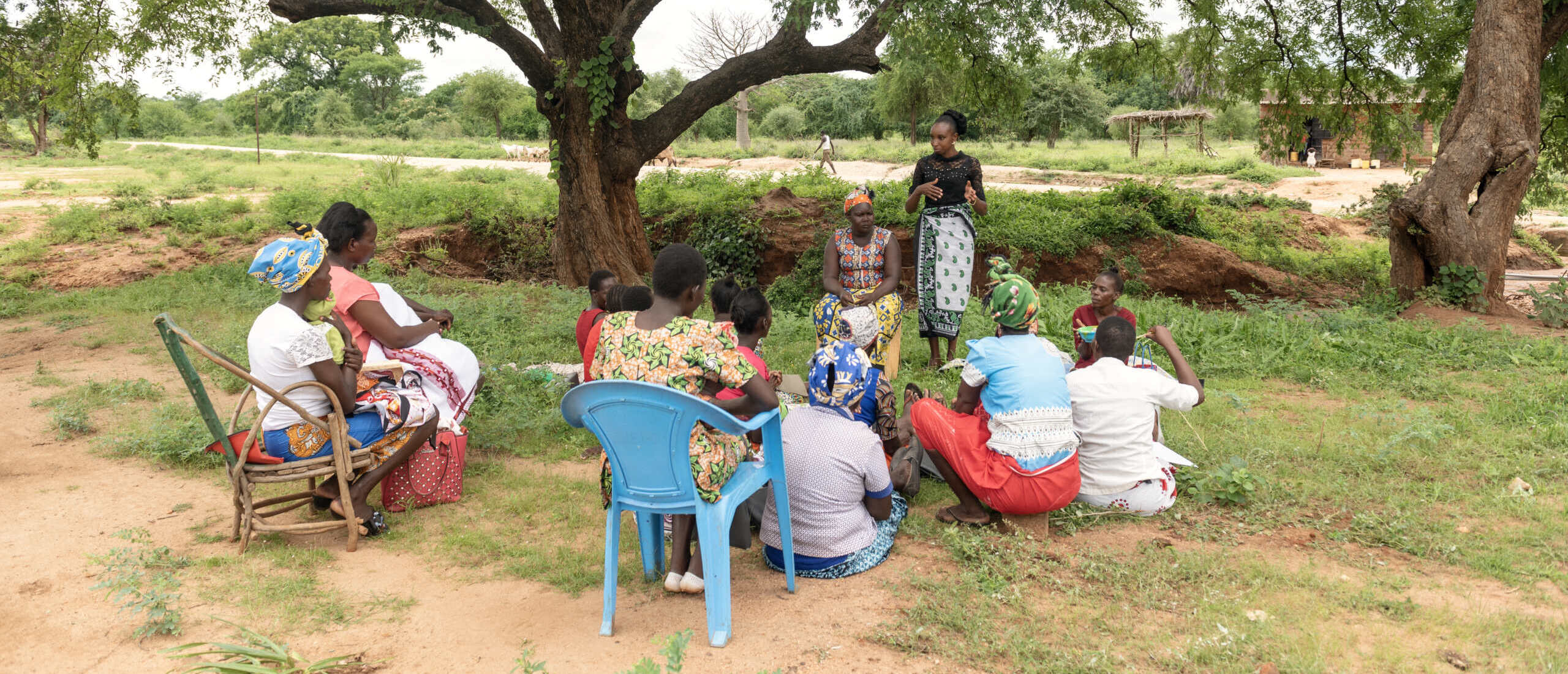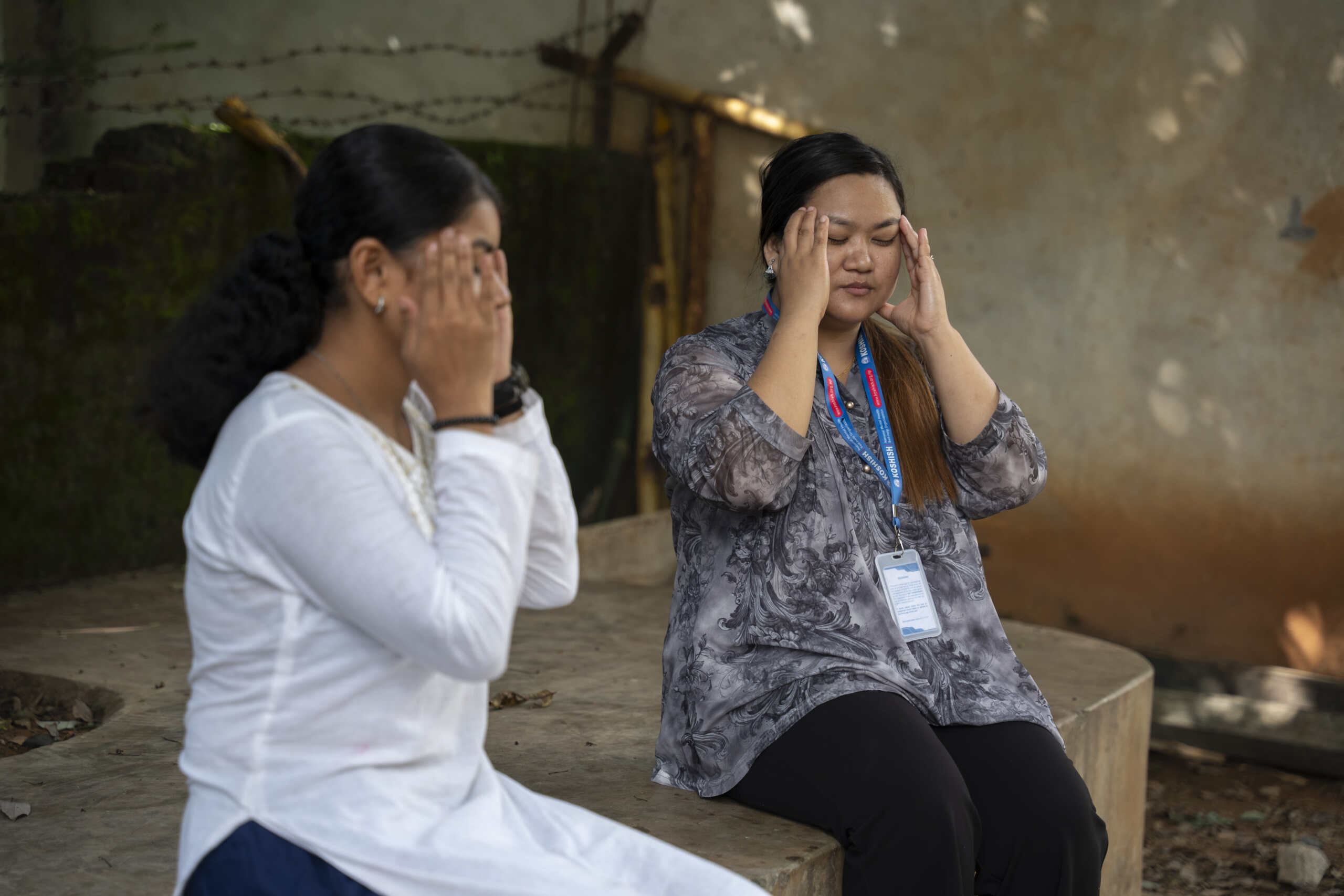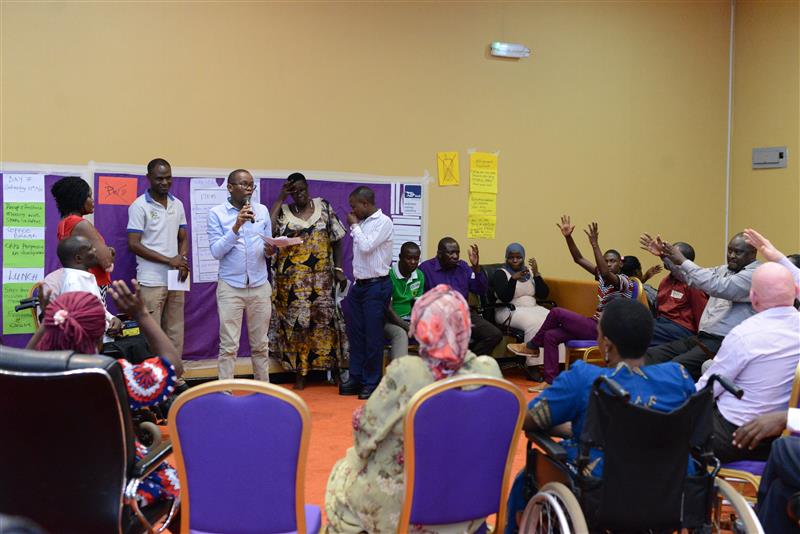Why do we need data on women and girls with disabilities?
Blog | July 4, 2022
This blog is written by Elizabeth Lockwood, PhD, CBM’s representative to the United Nations.
As the 15th session of the Conference of States Parties to the Convention on the Rights of Persons with Disabilities concludes, it’s important to highlight women and girls with disabilities and the importance of qualitative data.
Women and girls with disabilities are one of the most marginalized groups in the world and are often excluded from society in various ways and face multiple and intersecting forms of discrimination. This includes exclusion from participation in economies, a significant increase of risk of violence and abuse, lack of access to justice, minimal participation in political and public life, and facing discriminatory attitudes in sexual health, reproductive rights, and in the right to family life. For example, women and girls with disabilities are up to 10 times more likely to experience gender-based violence than women and girls without disabilities (UNFPA, 2018).
Despite these myriad barriers, there is a lack of data on women with disabilities. Little or no data means it is difficult to create policies and programmes inclusive of women with disabilities who may be most at risk of being left behind. Conversely, high-quality, timely, reliable, and available disability data are needed to understand the real situation of women with disabilities, to identify gaps that are not addressed through policies, and to provide examples of success.
One way to address this data gap has been the collection and use of qualitative data, including citizen-generated data from organizations of persons with disabilities and NGO allies to complement official statistics to measure gaps and progress. This use of qualitative data is especially important in emergency situations, such as during the COVID-19 pandemic, of which the following are three examples.
The first example comes from findings from the COVID-19 Disability Rights Monitor survey on disability rights during the pandemic:
- The survey findings suggested that women and girls with disabilities were disproportionately affected by the pandemic and experienced specific rights’ violations due to the interaction of discrimination on the basis of disability, gender identity, and age.
- The survey received testimonies of grave human rights abuses which included multiple forms of assault and violence. There were reports of sexual assault, domestic violence, and police brutality against women and girls with disabilities.
- Respondents shared that their governments did not take measures to safeguard the rights of women and girls with disabilities.
- The pandemic has made the situation even worse because women and girls could not access police, women’s shelters, social workers, or trauma counselling during the pandemic and were isolated at home with abusive partners or relatives and with no access to school or workplaces.
The second example is from the Stakeholder Group of Persons with Disabilities’ qualitative research on the experiences of persons with disabilities in the context of the pandemic. The first research phase carried out interviews and focus groups with global disability movement leaders and in the second phase, researchers with disabilities carried out in-depth interviews with persons with disabilities in Bangladesh, Bolivia, and Nigeria. Some of the data gathered was on the experiences of women with disabilities, such as:
- Due to the pandemic and lockdown measures, women with disabilities generally had a much higher risk of physical and sexual abuse, including domestic abuse, similar to the Disability Rights Monitor survey.
- Deaf women also had a higher risk of domestic violence and the additional barrier of lack of access to information in sign language and no way to call to get help.
- Many women with disabilities encountered barriers in accessing and engaging in society, and thus it was challenging to gather detailed information, especially around the topic of disability-related discrimination.
- Universally the researchers found it challenging to reach the most marginalized persons with disabilities, including women with disabilities, to interview. Thus, there were barriers in even reaching women with disabilities to gain their perspectives.
The third example is from the World Blind Union that carried out a global survey about challenges and resilience strategies for blind and partially sighted people during the pandemic. The survey was both qualitative and quantitative as it included open-ended questions and the Washington Group short set – Enhanced. More than 800 people responded to the survey.
Findings around blind and partially sighted women include that:
- Overall, blind and partially sighted women indicated more challenges than any other gender group. These challenges included loss of independence and choice, autonomy and dignity, challenges related to health (particularly among women aged 25-45 years), negative attitudes from others, and additional barriers for women living in rural settings.
- Blind and partially sighted women also responded higher on having solutions involving personal support networks, getting online, and being practical, while men responded notably higher than any other gender group on solutions involving personal wellbeing and support and/or advocacy from organizations of persons with disabilities.
As is evident from these rich findings, the use of data led by organizations of persons with disabilities – both qualitative and quantitative – are essential in understanding gaps, barriers, and progress for women and girls with disabilities and all persons with disabilities.
Thank you to Rosario Galarza from the International Disability Alliance who presented on this topic on behalf of the Stakeholder Group of Persons with Disabilities in a disability and gender data event sponsored by Fordham Research Consortium on Disability, the United Nations Department of Social and Economic Affairs, and CBM Global Disability Inclusion.
For more information, join the Stakeholder Group of Persons with Disabilities’ disability data listserv.
https://cbm-global.org/blog/women-girls-with-disabilities-data
Related News

What our partners told us and how it shapes our future
One of our strategic priorities as a Federation is to shift power in partnerships....

Breaking Stigma, Building Hope: Suicide Prevention in Nepal
After losing her young daughter to suicide, Maya developed a mental health condition while...

Accessibility, reasonable accommodation, and budgeting for inclusion
Budgeting for inclusion, accessibility, and reasonable accommodation must be...
